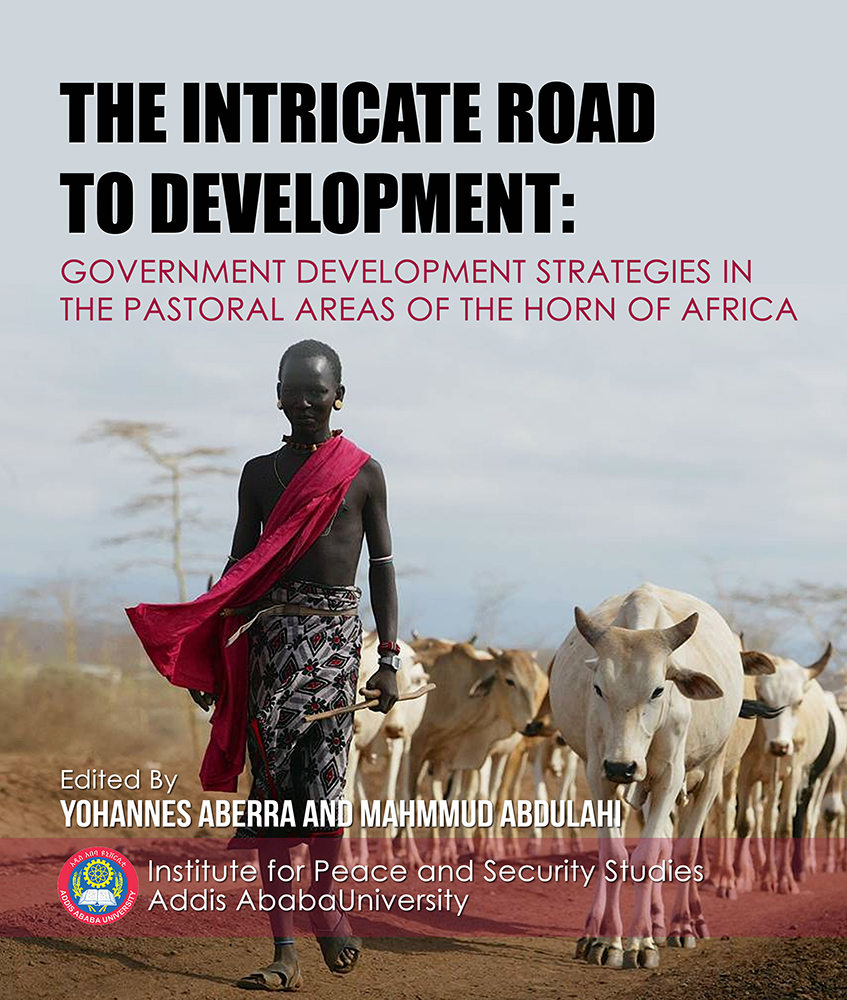Resource information
Pastoralism is a livelihood strategy and a system of mobile livestock production that makes wide-ranging use of grazing lands in arid and semi-arid environment that doesn’t uphold sustainable crop cultivation. The freedom of mobility over outsized land for seasonal pastures is indispensable to pastoralist production primarily in order to convert the pastures residues into human food. The people and livestock in pastoral communities may move to avoid various natural and/or social hazards, to avert competition with others, or to seek more favourable conditions. Shaped by both social and ecological factors of uncertainty and variability of precipitation (IPCC, 2014), extensive pastoralism is practiced on about 25% of the earth’s land area, mostly in the developing world, from the drylands of Africa and the Arabian Peninsula to the highlands of Asia and Latin America where intensive crop cultivation is physically not possible (FAO, 2001 cited in Dong et. al., 2011). According to some studies, pastoralism supports worldwide about 200 million households and herds nearly a billion head of animals including camel, cattle, and smaller livestock (FAO, 2001 cited in Dong et. al., 2011); and hence is important in its ecological, economic and social contributions to some of the world’s poorest regions (Nori and Davies, 2007).


